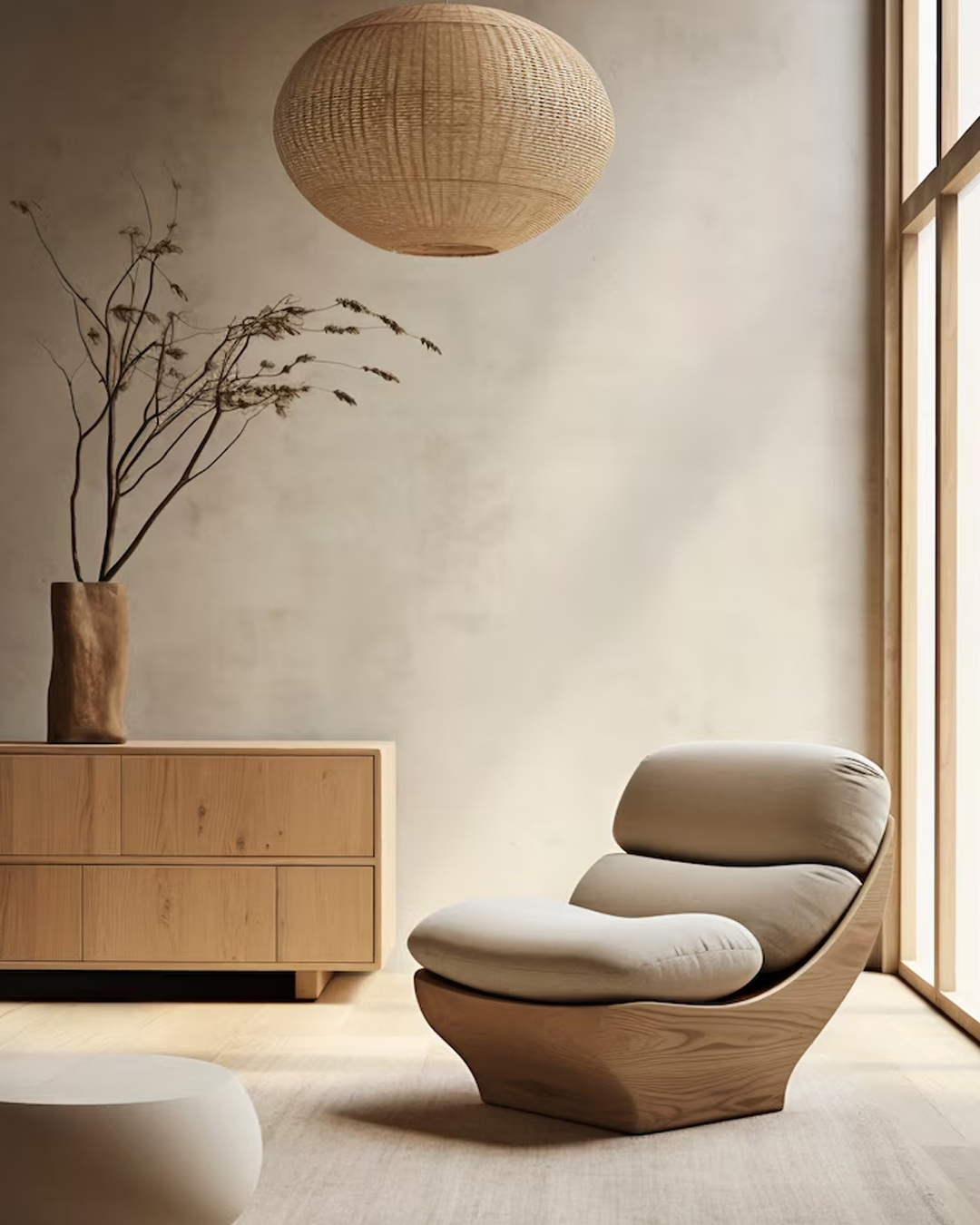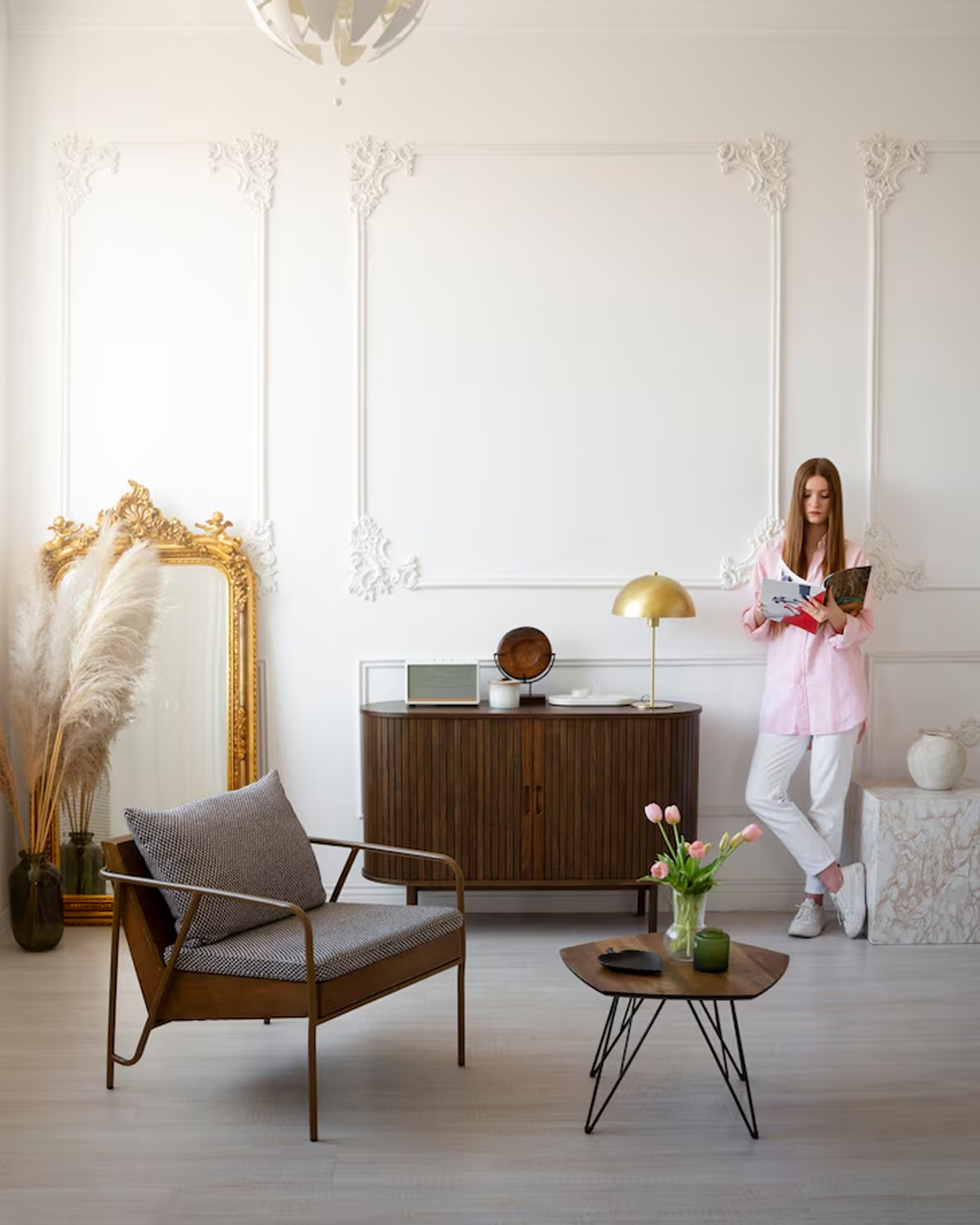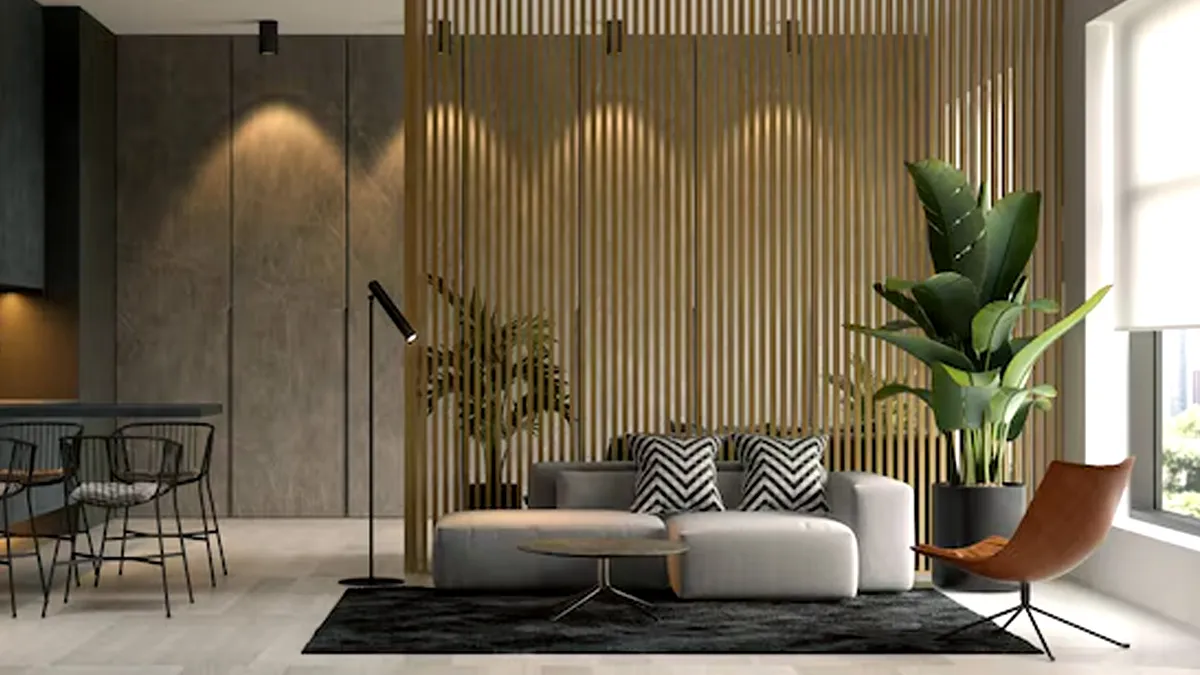In a world overflowing with notifications, cluttered visuals, and fast-moving trends, there’s agrowing desire to hit pause even if just within the four walls of our homes. More and more people are turning to interior spaces that offer calm, clarity, and purpose. This collective shift has broughtminimalismto the forefront not just as a style statement, but as a lifestyle choice that reflects mindfulness, balance, and intentional living.
Minimalist design isn’t about creating cold, empty rooms. It’s aboutstripping away the unnecessary and focusing on quality, materiality, and form. It allows each element in a room from wall panels to ceilings to breathe and speak for itself.
Key Elements of Minimalist Design
1. Neutral Color Palettes:
One of the key features of minimalist spaces is the use of neutral tones whites, greys, beiges, and earthy hues. These colors serve as calming backdrops and amplify natural light, making rooms feel airy and open.
You can enhance such palettes with textural contrasts like subtlewall panel designsin wood-effect finishes or tactile ceiling textures to add warmth and visual depth.
Don't Miss:4 Ways To Use Mirrors to Make Your Home Look Bigger

2. Functional Furniture:
In a minimalist space, everything has a role. Multi-functional furniture with clean lines and concealed storage makes every square foot count.
Think sleek modular sofas, built-in shelving, and minimalistfalse ceilingfixtures that integrate lighting and climate control seamlessly.
3. Quality over Quantity:
Minimalism invites us to buy better, not more. Instead of filling up space with décor, the focus is on choosing fewer, high-quality elements such asinterior wall panelsthat double as acoustic surfaces, or texturedfalse ceiling designsthat enhance ambiance while keeping clutter out of sight.
4. Natural Materials and Finishes:
There’s a renewed appreciation for materials that feel real wood, stone, linen, matte metals, and breathable textures. These find elegant expression inceilingtreatments,interior and exterior wall panels, and flooring.
Materials that age well and reflect authenticity are key to minimalist interiors they bring warmth and character without overwhelming the space.

5. Clutter-Free Living:
One of the most defining aspects of minimalism is order. Clean layouts, hidden storage, and intentional symmetry help create spaces that feel light and liveable.
Ceiling designs for living roomsoften incorporate recessed lighting, soft lines, and neutral palettes to maintain a sense of openness and quiet luxury.
Why Minimalism Works Today
Post-pandemic, our homes have become more than just places to live they’re where we work, unwind, recharge, and connect. And with that comes the desire for interiors thatsupport mental wellness, simplicity, and flexible living.
People are spending more time at home, and they want their interiors to support a lifestyle that’s calm yet contemporary.
“Minimalism, when done right, brings a quiet luxury to the everyday without being cold or impersonal.”
This new wave of design is aboutmaking intentional choiceswhether it's selecting long-lastingexterior wall panelsthat withstand the elements, or creating layeredceiling designsthat enhance both comfort and acoustics.
Looking Ahead: Less Clutter, More Clarity
Minimalism is here to stay not just as a design trend but as a mindset. As Indian homeowners embrace clarity over clutter, the future of interiors will be shaped by materials that are functional, meaningful, and built to last.
Whether you're crafting aceiling design for your living roomor exploringfalse ceilingoptions for a bedroom, the goal is the same: create an environment that reflects who you are, and how you want to live.
Don't Miss:Interior Designer Reveals 5 Must-Have Decor Pieces To Give Your Home A Luxury Look
This article authorisedby Varun Poddar, Founder, Vox India
For more such stories, stay tuned to HerZindagi.
HerZindagi Video

Take charge of your wellness journey—download the HerZindagi app for daily updates on fitness, beauty, and a healthy lifestyle!


Comments
All Comments (0)
Join the conversation